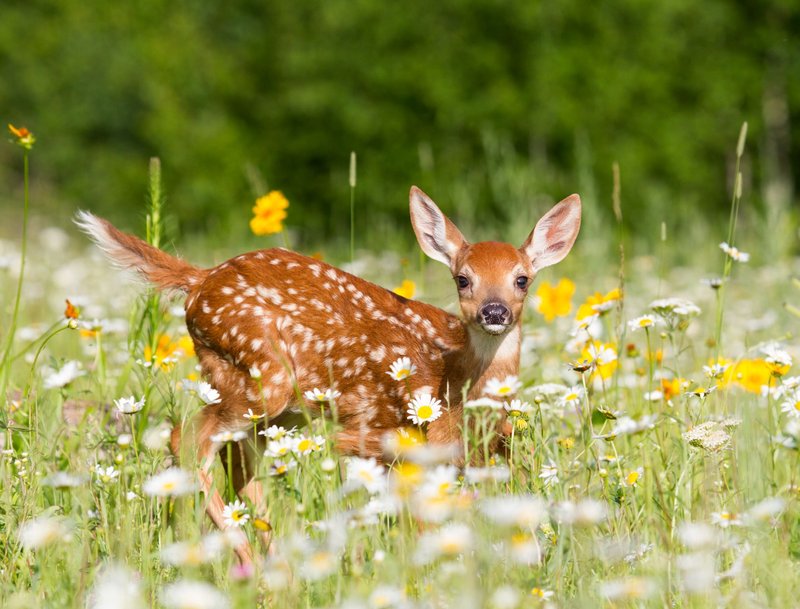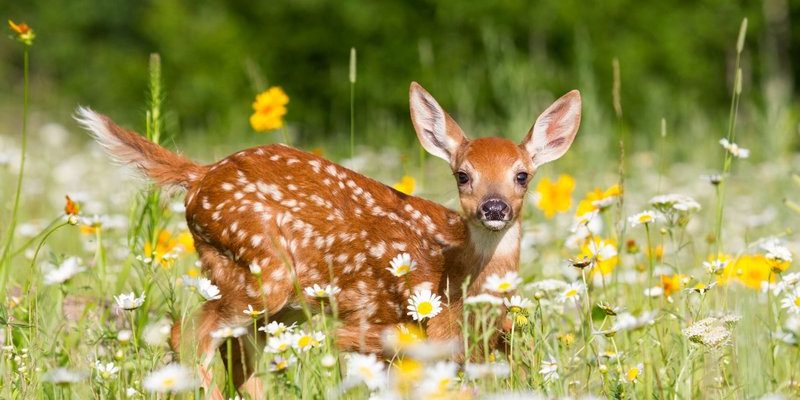
Here’s the thing: while some deer species face serious threats from habitat loss, poaching, and climate change, the white-tailed deer is not currently classified as endangered. In fact, their populations have bounced back significantly over the years thanks to conservation efforts. But what does this really mean for their future? In this article, we’ll dive deep into the status of white-tailed deer populations, the conservation efforts at play, and what you can do to help.
Understanding White-Tailed Deer Populations
To appreciate the conservation status of white-tailed deer, it helps to understand a bit about their biology and behavior. White-tailed deer are adaptable animals, thriving in various habitats—from dense forests and open fields to urban areas. Their resilience has played a huge role in their survival.
In the early 1900s, their numbers plummeted due to overhunting and habitat destruction. However, conservation measures, including regulated hunting seasons and habitat restoration, have allowed their populations to rebound dramatically. Today, millions of white-tailed deer roam North America, making them one of the most populous large mammals on the continent.
Despite their current success story, it’s essential to keep an eye on their populations. Changes in climate, urban expansion, and disease can pose threats. Keeping deer populations healthy is not just about their survival; it impacts entire ecosystems, as they play a crucial role in their habitats.
The Role of Conservation Efforts
So, how have conservation efforts made a difference? The recovery of white-tailed deer is a prime example of successful wildlife management. Various organizations, state agencies, and local communities have worked collaboratively to create a balanced approach to deer conservation.
For example, regulated hunting seasons help manage deer populations, preventing overpopulation, which can lead to issues like habitat destruction and increased vehicle collisions. These regulations are backed by scientific research, ensuring that populations are sustainable.
Moreover, habitat restoration projects have reestablished essential living spaces for white-tailed deer. This isn’t just about planting more trees; it involves creating suitable ecosystems where deer can thrive, finding food and shelter without overcrowding or competition from urban development.
Threats to White-Tailed Deer
Even though white-tailed deer are not endangered, they still face several challenges that can affect their populations. Understanding these threats is crucial for effective conservation.
**1. Habitat Loss:** As urban areas expand, deer lose their natural habitat. This leads to increased competition for food and resources and can result in more deer-vehicle collisions.
**2. Disease:** Deer populations can be vulnerable to diseases like Chronic Wasting Disease (CWD), which affects the nervous system and can spread rapidly among deer populations. Healthy monitoring and management are key to preventing outbreaks.
**3. Climate Change:** Changes in weather patterns can affect food availability and habitat conditions, potentially disrupting the delicate balance that supports deer populations.
Tackling these threats requires a community effort. Local hunters, wildlife advocates, and government agencies must come together to implement management strategies that safeguard these majestic creatures.
The Importance of Community Involvement
You might be wondering, how can I contribute to the conservation of white-tailed deer? Community involvement is vital to ongoing conservation efforts. Here are a few ways to make a difference:
- Get Informed: Understanding local wildlife and ecosystems helps you advocate effectively.
- Participate in Local Programs: Join local wildlife organizations or conservation groups focused on habitat restoration and deer management.
- Practice Ethical Hunting: If you hunt, adhere strictly to regulations and ethical hunting practices. This ensures healthy populations and habitats.
- Spread Awareness: Share information about white-tailed deer and the importance of conservation with friends and family.
Every small action counts in preserving our natural world. By being proactive, you can help ensure that future generations will also enjoy the sight of these beautiful animals.
Success Stories and Future Outlook
The story of white-tailed deer serves as a beacon of hope in conservation. Their populations have rebounded, yet the work doesn’t stop here. The success is a reminder that conservation is an ongoing effort, requiring persistence and adaptability.
Several states have reported increasing numbers of white-tailed deer, reflecting the effectiveness of management practices. States like Virginia and Pennsylvania have seen populations that support both hunting and ecological balance.
However, with continued threats on the horizon, maintaining vigilance is essential. Improved wildlife corridors, habitat restoration, and public education will play crucial roles in ensuring that white-tailed deer continue to thrive.
To wrap it up, the white-tailed deer is not currently endangered, thanks in large part to thoughtful conservation strategies and community involvement. Yet, they face ongoing challenges that require our collective attention.
As you learn more about these enchanting creatures, remember that every effort counts. Whether you’re involved in local conservation programs or simply spreading the word about the importance of ethical wildlife management, you can play a part in ensuring a brighter future for white-tailed deer.
Let’s keep the spirit of conservation alive, ensuring that these remarkable animals continue to grace our landscapes for generations to come.

